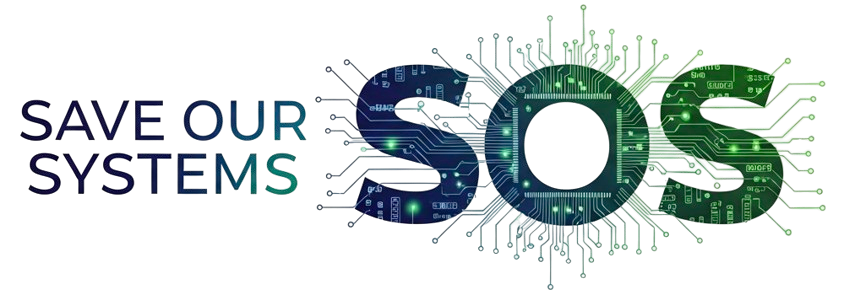The Internet Under Siege: How Cloudflare Repelled History's Largest Cyber Attack

Unprecedented Attack Highlights Growing Cybersecurity Threats
In a significant milestone for cybersecurity, Cloudflare recently announced it successfully blocked the largest volumetric distributed denial-of-service (DDoS) attack ever recorded, reaching a staggering peak of 11.5 terabits per second (Tbps). This massive attack represents a concerning evolution in the scale and sophistication of modern cyber threats, surpassing previous records by a substantial margin.
Attack Details and Sources
The UDP flood attack lasted approximately 35 seconds and originated from a diverse set of sources. While initial reports suggested Google Cloud infrastructure was primarily responsible, Cloudflare later issued a correction stating that "the attack in fact came from a combination of several IoT and cloud providers." This clarification highlights the increasingly distributed nature of modern DDoS attacks, which leverage both vulnerable Internet of Things devices and powerful cloud computing resources.
A Google Cloud spokesperson confirmed this correction to BleepingComputer, stating that "initial reports suggesting that the majority of traffic came from Google Cloud are not accurate."
Escalating DDoS Landscape
This record-breaking attack follows a troubling trend of rapidly increasing DDoS capabilities. Just two months earlier, Cloudflare mitigated a 7.3 Tbps attack targeting an unnamed hosting provider, which itself had shattered the previous record of 3.8 Tbps set in October 2024. The dramatic escalation in attack volume within such a short timeframe signals a concerning trajectory in offensive capabilities.
Cloudflare's 2025 Q1 DDoS Report revealed alarming growth in the frequency and scale of such attacks, with a 198% quarter-over-quarter increase and a massive 358% year-over-year jump. The company mitigated a total of 21.3 million DDoS attacks targeting its customers last year, as well as 6.6 million attacks aimed directly at Cloudflare's own infrastructure during an 18-day multi-vector campaign.
Technical Implications and Defense
Volumetric DDoS attacks function by overwhelming targets with massive amounts of traffic, consuming bandwidth and exhausting system resources to prevent legitimate users from accessing services. The sheer scale of this 11.5 Tbps attack would easily overwhelm traditional on-premises DDoS protection solutions, highlighting the essential role of cloud-based, distributed security systems.
Cloudflare's successful mitigation demonstrates the effectiveness of their global network architecture, which is designed to absorb and filter malicious traffic before it reaches protected customers. Such capabilities have become increasingly crucial as attacks continue to grow in both frequency and magnitude.
Security Recommendations for Organizations
This record-breaking attack serves as a wake-up call for organizations to reassess their security posture. Key recommendations include:
- Implementing cloud-based DDoS protection services capable of handling large-scale attacks
- Developing comprehensive incident response plans specific to DDoS scenarios
- Employing proper network segmentation to isolate critical systems
- Regularly testing network resilience against various attack vectors
- Maintaining vigilance against multi-vector attacks that may combine DDoS with other threats
Future Outlook
As attack capabilities continue to evolve, defensive technologies must keep pace. The commercialization of DDoS-for-hire services has lowered the barrier to entry for potential attackers, while the growing number of insecure IoT devices provides an ever-expanding pool of resources for building massive botnets.
Organizations must remain vigilant and proactive in their security approaches, recognizing that today's record-breaking attack may soon become tomorrow's standard threat.
Sources
- BleepingComputer. (2025, September). "Cloudflare blocks largest recorded DDoS attack peaking at 11.5 Tbps."
- Cloudflare. (2025, April). "2025 Q1 DDoS Report."
- Cloudflare. (2025, September). Twitter correction statement regarding attack sources.




